U.S. trade with China commenced on Feb. 22, 1784, when the 360-ton ship Empress of China sailed from New York Harbor. This was the first sailing of an American ship with the express purpose of establishing trade with the Orient.
The Empress sailed with a congressional letter of introduction under the command of Capt. James Green, a hero of the American Revolution, with a cargo of ginseng (a wild root grown in the Hudson Valley and sought by the Chinese). The ship returned to New York one year later with a full and profitable cargo, as well as having established a new trade for American merchants.
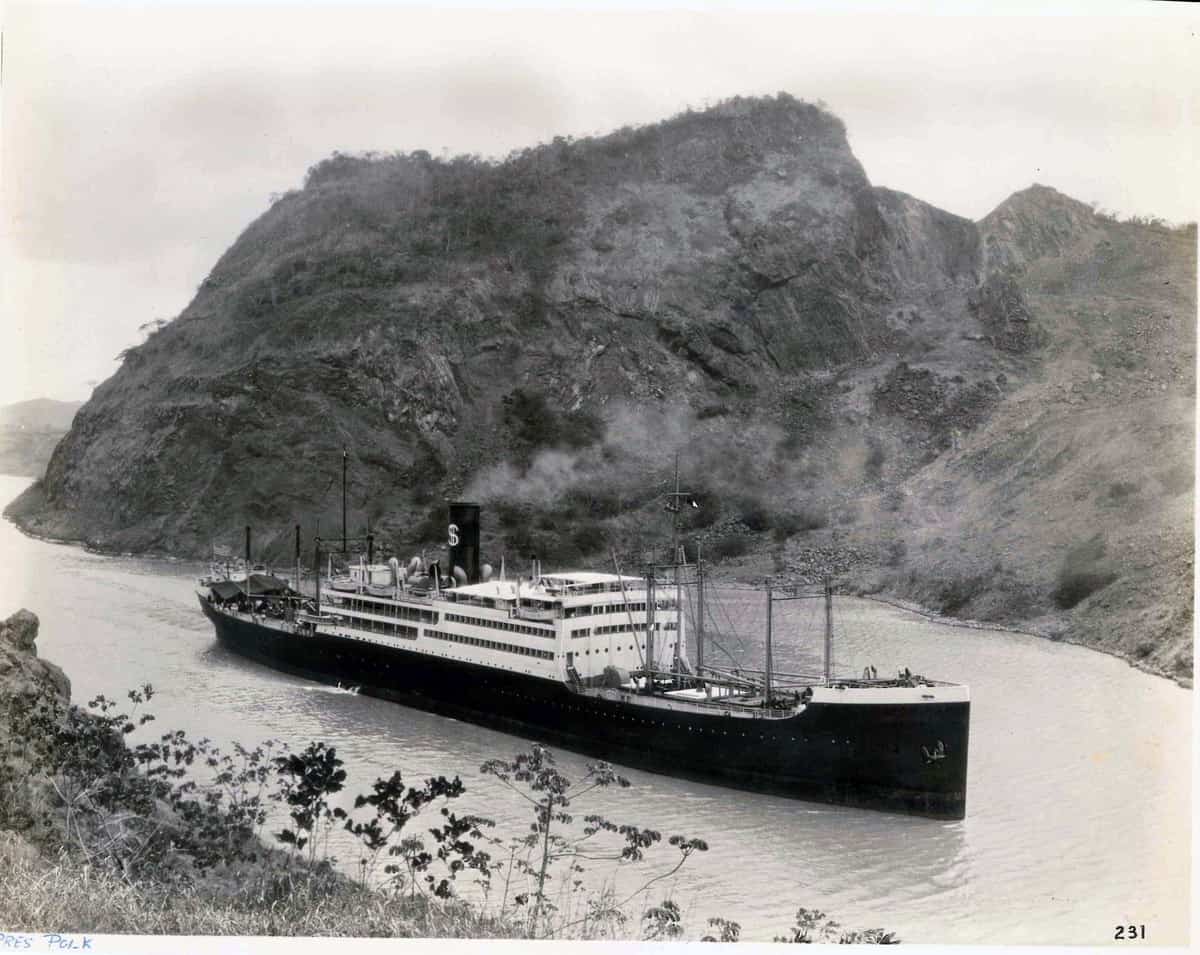
Trade increased and flourished during the 1800s with the advent of the full-rigged clipper ships, such as the Sovereign of the Seas and Flying Cloud.
As steam replaced sail during the late 1800s, companies such as the Pacific Mail Steamship Co., American Hawaiian and later Dollar Line entered the trade. Regular passenger and cargo scheduled services and routes were established.
At the start of the 20th century, U.S. oil companies such as the Anglo American Oil Co. and Standard Oil built large four-masted sailing ships for their Far East trades. These ships carried about 120,000 wooden cases each containing two five-gallon cans of oil reportedly for the “lamps of China.” On their homeward voyages, the ships carried Chinese matting, fireworks and general cargo. This was a lucrative trade since the ships were fully laden on both legs of the trip and being “sailers” were economic to operate. These oil company sailing ship fleets lasted well into the age of steam.
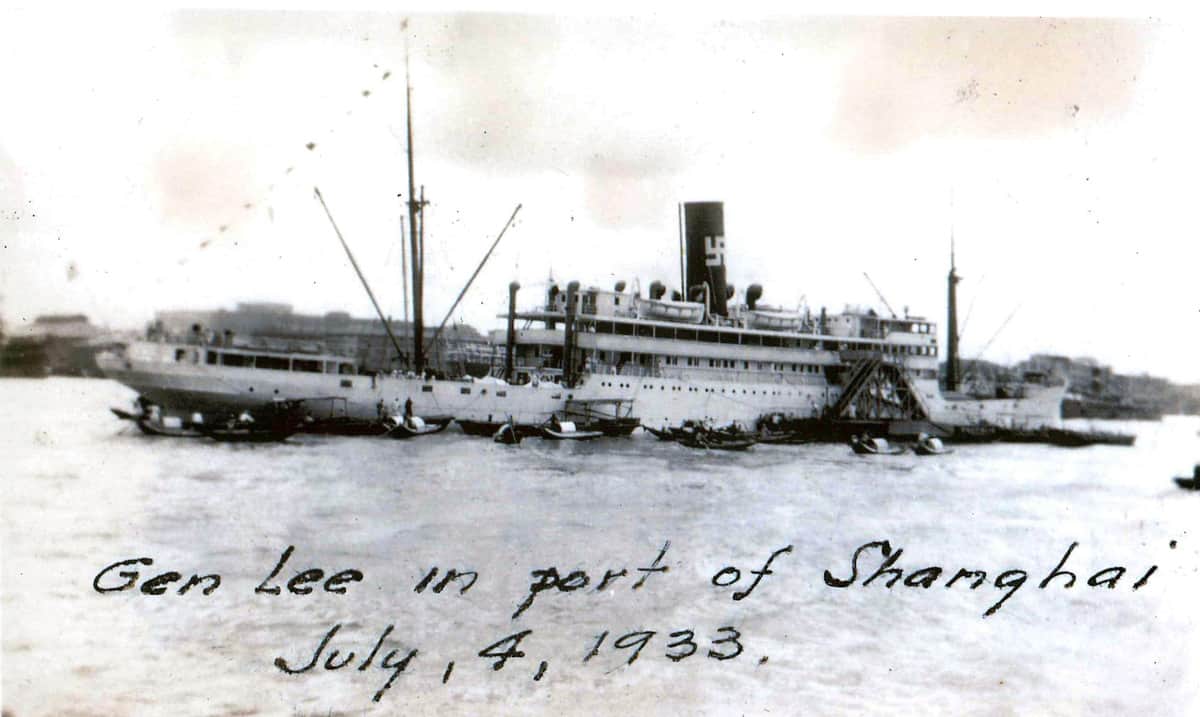
Despite the two world wars, bilateral trade prospered until 1949, when China formed a new government and the Chinese Nationalists, based in Formosa (now Taiwan), established a maritime blockade of mainland Chinese seaports. The U.S. government cautioned American shipping to not violate the blockade. However, American-flag ship operator Hans Isbrandsten had contracts and he intended to honor them.
Isbrandtsen was not dissuaded from trading with other countries simply due to differences in political ideologies. In October 1949, the Chinese Nationalists fired on two of Isbrandtsen’s ships and in November severely damaged the 1944-built C-2 cargo ship Flying Cloud, putting three shells through the hull while the passengers huddled in the engine room. Since the damage was above the waterline, the ship continued on its way. Further international incidents were avoided.
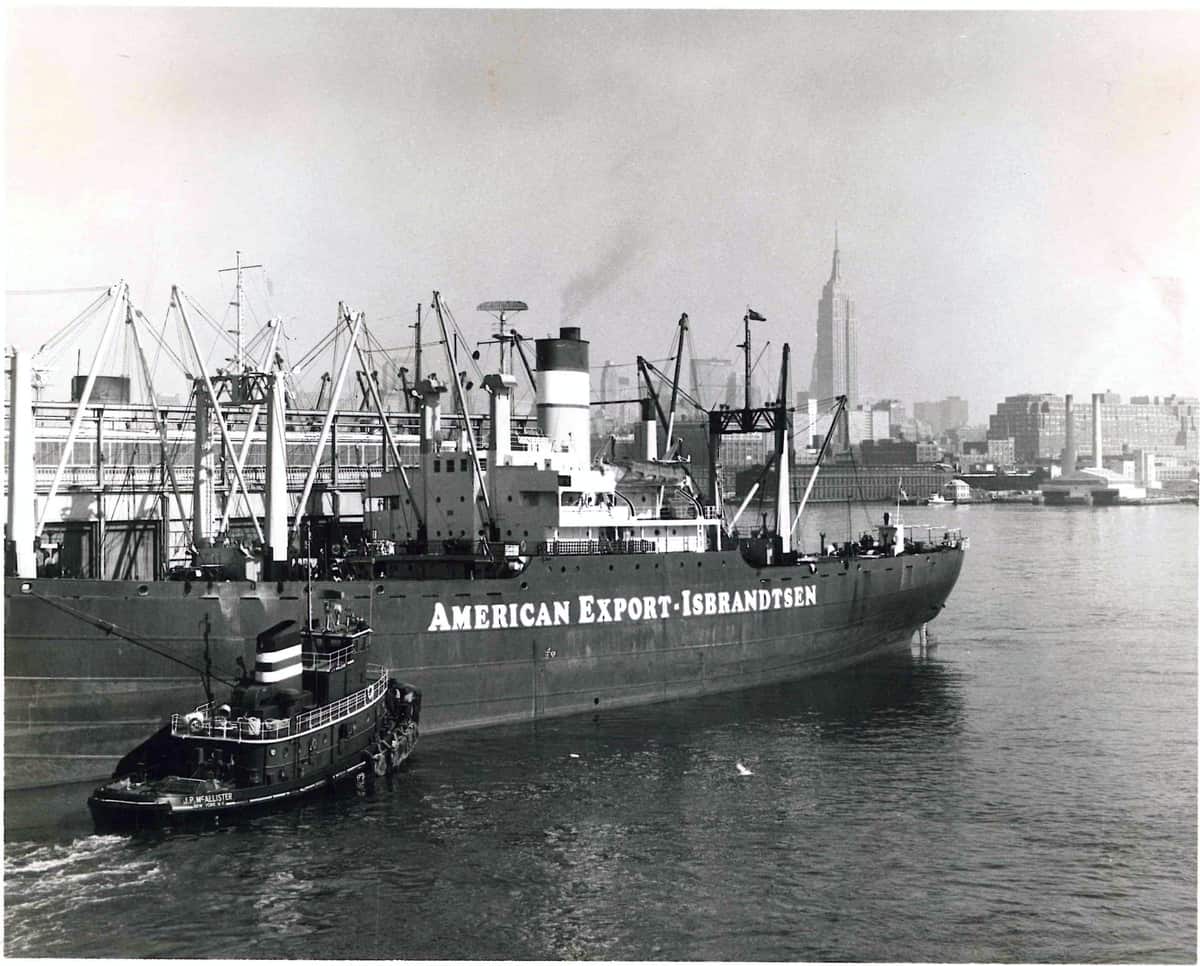
In response to Chinese intervention in Korea during the early 1950s, the U.S. declared a trade embargo on China. At the time, other U.S.-flag companies trading with China included American President Lines (successor to the Dollar Line), Pacific Far East Lines, States Line, States Marine and American Mail Lines. The Flying Cloud was the last U.S.-flag ship to visit China until 1979.
On Feb. 20, 1972, President Richard Nixon surprised the world with a visit to China. Times were changing. After lengthy negotiations spearheaded by Sen. Warren Magnusen of Washington state, trade was finally reopened between the U.S. and China. Among the various issues settled was an agreement with Chinese officials to eliminate any threat that a U.S.-flag ship would be seized to satisfy claims for assets frozen when the U.S. and China severed diplomatic relations in 1949.
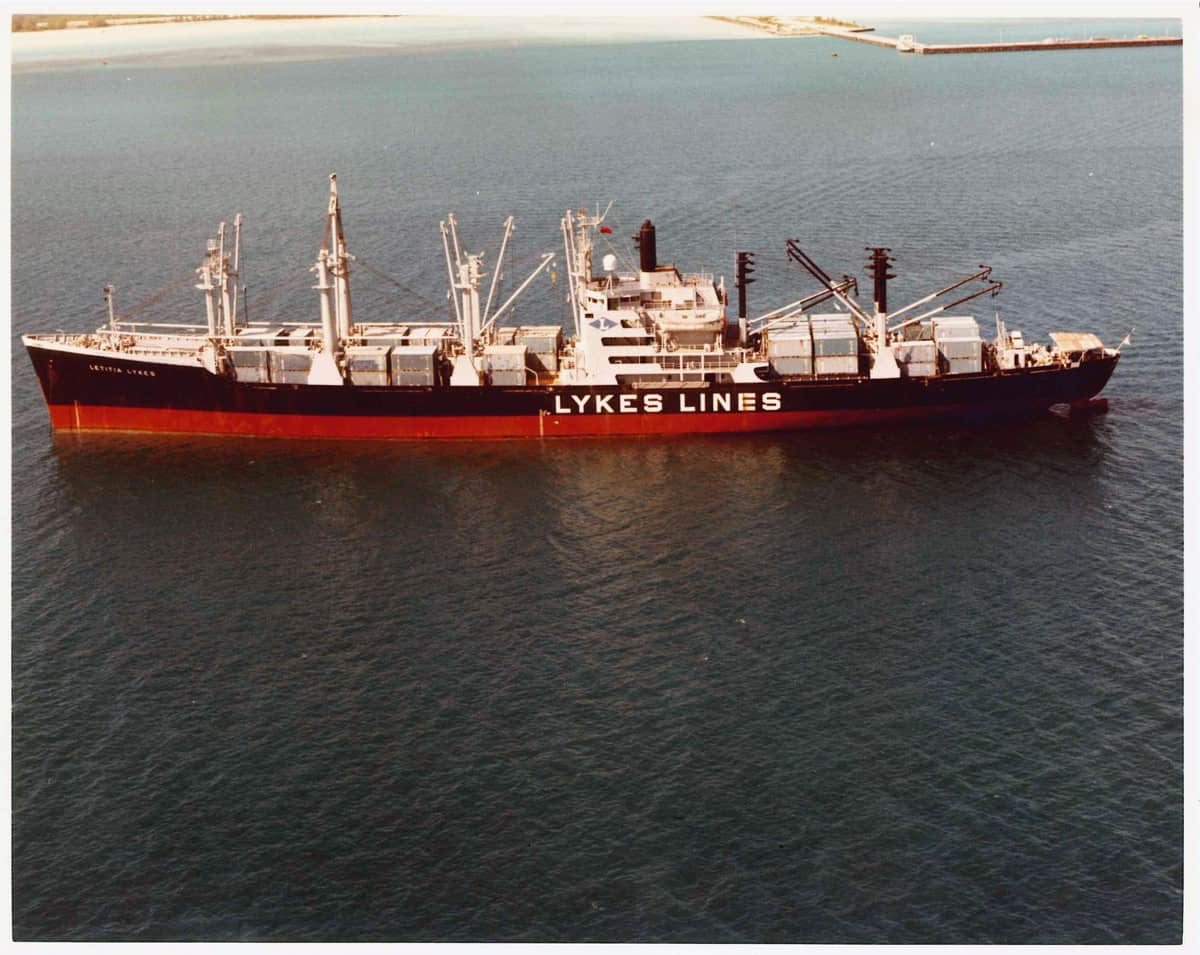
Thus, on March 18, 1979, the U.S.-flag breakbulk ship Letitia Lykes made history by calling at Shanghai. The Letitia Lykes was one of 12 sister ships of the Lykes Far East Clipper class and was loaded with a few hundred tons of general cargo on the call.
Then on April 19, 1979, the Liu Lin Hai, a 637-foot-long Chinese-flag bulk cargo ship arrived at Seattle with great fanfare to load 30,000 tons of corn bound for China.
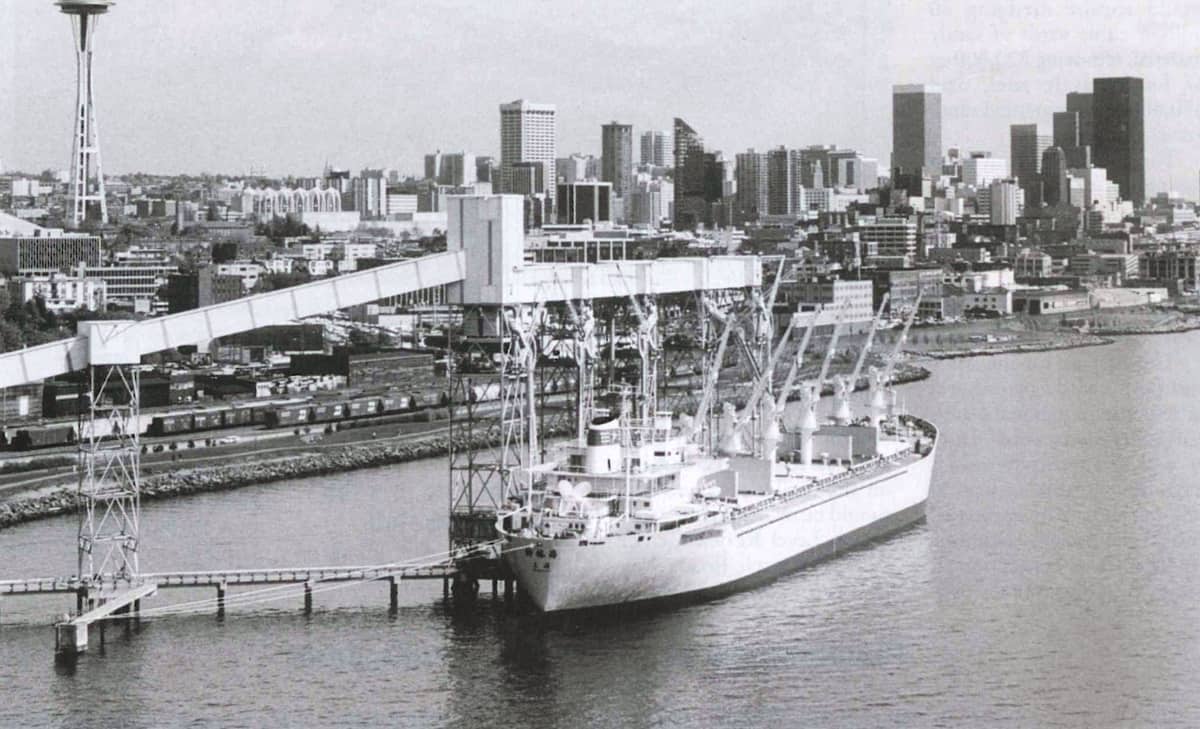
The resumption of trade between China and the U.S. over these past 40 years blossomed into the massive trade of today. Although many shipping companies offer services between the U.S. and China, the China Ocean Shipping Company (COSCO) and subsidiaries dominate the trade. APL, previously known as American President Lines, Maersk Limited and Matson are the three American companies participating in the trade.
Capt. James McNamara, who is retired as president of the National Cargo Bureau, currently serves as historian of the Maritime Industry Museum at Fort Schuyler, N.Y., and remains active in the maritime industry. He may be reached by email at cjmcnamara42@gmail.com.







